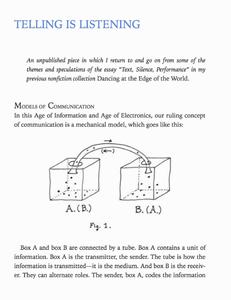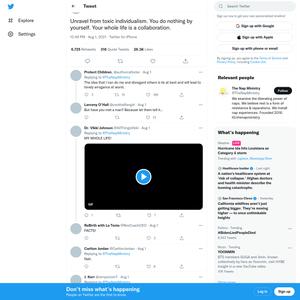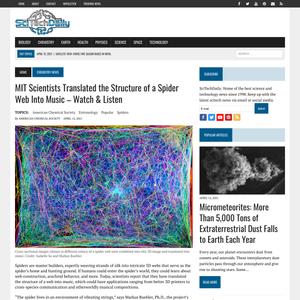
I think of my role as holding space for conversations and ways of thinking to unfold. So much of what I write and talk about, I didn’t come up with by myself. I wasn’t sitting under a tree as an apple fell on my head to give me this idea, or whatever. That type of origin story is always a myth. But I do know that I have devoted a lot of energy, time, and resources to synthesizing a lot of the things that I read and research and am inspired by.



In sum, we are drawing on ideas that bring people together in conversation rather than force them into authoritative processes. Conversations meander, and decisions spring forth. We reduce individual control and ownership. We share power and authority, as well as respecting silence and absence. Ideas emerge organically without clear intellectual ownership. It is a collage: thousands of pieces of ideas come together. Bad ideas are polished up with a little collective imagination.


I believe that conversation is not a master’s tool. I believe that being in a circle, in a community, is not a master’s tool. If you look back, along almost every indigenous pathway that we can follow, conversation and circles have been used over and over by many, many people. The master’s tool comes into being when we start putting one person above the circle, or taking one person out of the conversation. I’ve had many great teachers: Audre Lorde, Grace Lee Boggs, Charity Hicks. If I look at the organizers that I deeply respect, and I look at the people who throughout history have given me guidance, the thing they have continued to return to is that people can and should be in conversation. How do we sit down with each other face to face, heart to heart, and actually feel our way through, to a place that we haven’t yet actually been to yet?
, idea change each time they touch ,
every touch hinders



It is of the nature of idea to be communicated: written, spoken, done. The idea is like grass. It craves light, likes crowds, thrives on crossbreeding, grows better for being stepped on.

In cat's cradling, at least, two pairs of hands are needs and in each successive step, one is "passive", offering the result of the previous operation, a string entanglement, for the other to operate, only to become active again at the next step, when the other presents the new entanglement.
Collaborating with those around us, we create multiple, overlapping, contradictory, and coexistent imaginary landscapes, horizons of common possibility and shared understanding.

We are individuals first, yes, just as bees are, but we exist in a larger social body. Society is not only real; it’s fundamental. We can’t live without it. And now we’re beginning to understand that this “we” includes many other creatures and societies in our biosphere and even in ourselves. Even as an individual, you are a biome, an ecosystem, much like a forest or a swamp or a coral reef. Your skin holds inside it all kinds of unlikely coöperations, and to survive you depend on any number of interspecies operations going on within you all at once. We are societies made of societies; there are nothing but societies.

The collective thought is more powerful than the individual thought. In fact, the individual thought is mostly the result of collective thought and of interaction with other people. The language is entirely collective, and most of the thoughts in it are. Everybody does his own thing to those thoughts - he makes a contribution. But very few change them very much.

The process was both individual and collective. We were putting these ideas together out of our struggles with our own work. You write in a closed room while tearing your hair out of your head — it was individual in that sense. But then it clicks, and the words come, and you consolidate theoretical proposals that you bring to your community. In that sense, it was a profoundly collective way of thinking with each other, and within the intensities of the social movements of the late 1960s and early 1970s.
In a dialogue, each person does not attempt to make common certain ideas or items of information that are already known to him. Rather, it may be said that the two people are making something in common, i.e., creating something new together.